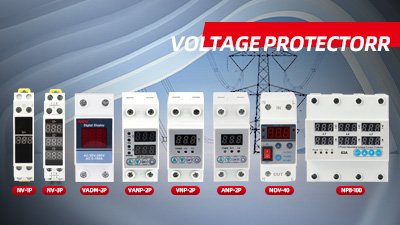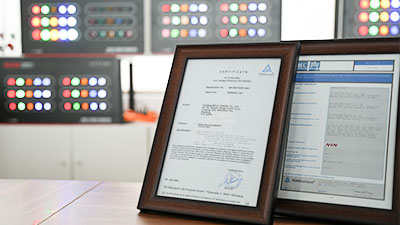Traditional analog voltmeters and ammeters are based on a principle that is the magnetic effect of current. The greater the current, the greater the magnetic force produced, which shows the greater the swing of the pointer on the voltmeter. There is a magnet and a wire coil in the voltmeter. After passing the current, the coil will generate a magnetic field. After the coil is energized Deflection occurs under the action of the magnet, which is the head part of the ammeter and voltmeter.
Principle of Voltmeter
Since the voltmeter needs to be connected in parallel with the measured resistance, if the sensitive ammeter is directly used as a voltmeter, the current in the meter will be too large and the meter will be burnt out. At this time, a large resistance needs to be connected in series with the internal circuit of the voltmeter. After this transformation, when the voltmeter is connected in parallel again in the circuit, due to the effect of the resistance, most of the voltage applied to the two ends of the meter is shared by the series resistance, so the current through the meter is actually very small, so It can be used normally.
The symbol of DC voltmeter should add a "_" under V, and the symbol of AC voltmeter should add a wavy line "~" under V.
Technical Parameters
Frequency response range 10Hz-10MHz basic accuracy ±2%
Input resistance, capacitance, overload voltage 1mV—300mV: ≥8MΩ≤40pF≤100V 300mV—300V≥8MΩ≤20pF≤600V
DC output voltage -1V (every 10 ranges)
General technical indicators
Working temperature, humidity 0℃—40℃≤90%RH
Power requirements 198V—242VAC475Hz—52.5Hz
Power consumption≤6VA
Dimensions (W×H×D) 240mm×140mm×280mm
Weight about 2.5kg





 Dec 14, 2022
Dec 14, 2022



